
Sierra Space to Present at Jefferies Industrials Conference
LOUISVILLE, Colo.--(BUSINESS WIRE)--Sep 5, 2023--
2023-09-05 21:28

How to watch U.S. Prime Video from anywhere in the world
Prime Video is the seriously popular on-demand streaming service that hosts literally thousands of movies,
2023-07-25 18:15
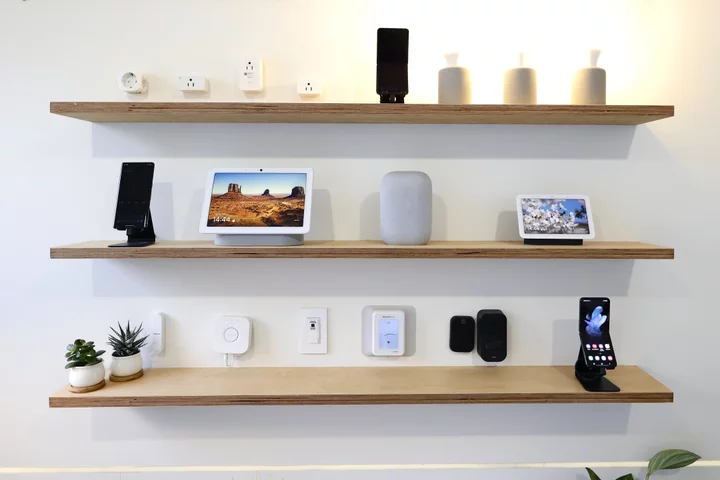
Google Home just massively expanded its capabilities
For most people, smart speakers play music and say what the weather is, and that's
2023-08-30 07:18
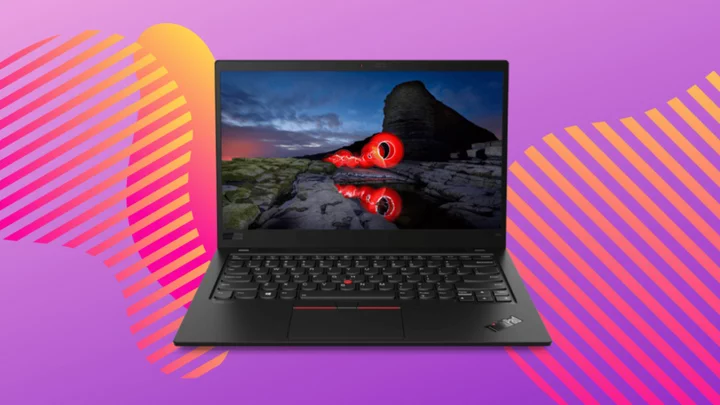
The best Lenovo laptops for every type of task
From students and business professionals to gamers and content creators, everyone needs a reliable laptop.
2023-05-22 18:58

Kinetic Business Launches All-In-One Security Solution to Protect Businesses from Cyberthreats
LITTLE ROCK, Ark.--(BUSINESS WIRE)--Aug 3, 2023--
2023-08-03 21:54
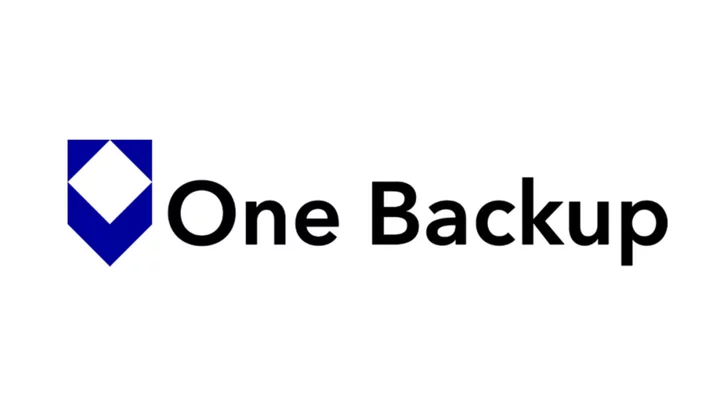
SpiderOak One Backup Review
Editors' Note: According to its developer, "SpiderOak One Backup has been publicly in maintenance mode
2023-09-07 23:58
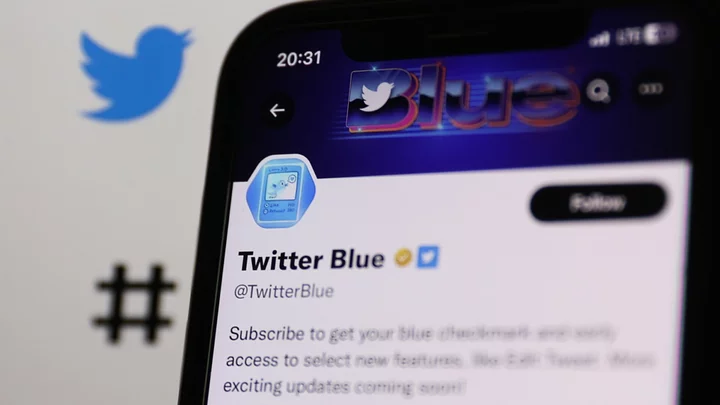
Twitter Blue subscribers now have more time to edit tweets
Editing your tweets, if you can do it at all, has become a bit less
2023-06-07 18:54

Significant Parts of US at Risk for Wildfires, Senate Is Warned
Large portions of the US have an above-normal potential for significant wildland fires over the next four months
2023-06-09 02:28
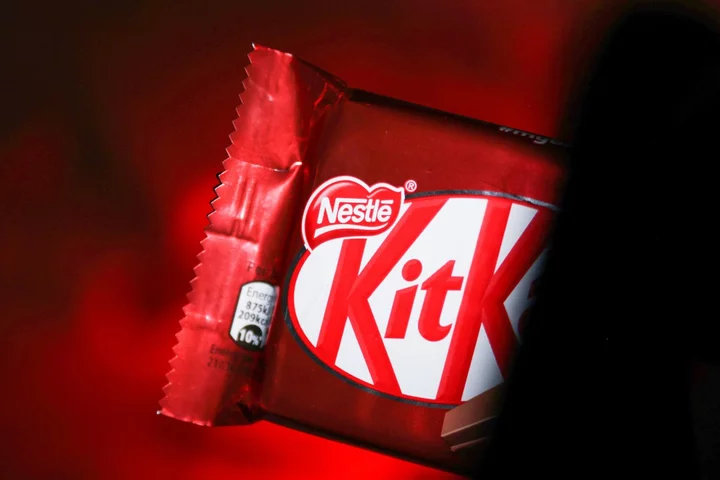
Nestle Puts KitKat Carbon Neutrality in Greenwashing Graveyard
Nestle SA has abandoned pledges to make major brands including KitKat and Perrier carbon neutral, joining a nascent
2023-06-28 17:18
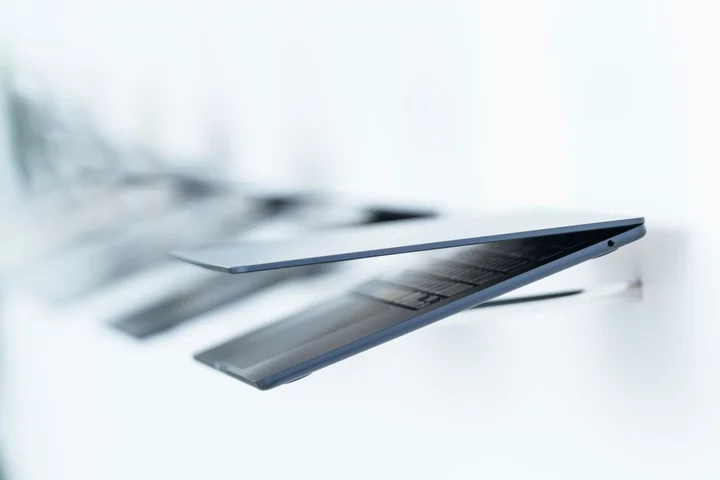
Top US Firms From Apple to Intel Decry India PC Import Curbs
A broad coalition of America’s largest businesses from Apple Inc. to Intel Corp. protested the abrupt way in
2023-08-18 17:47
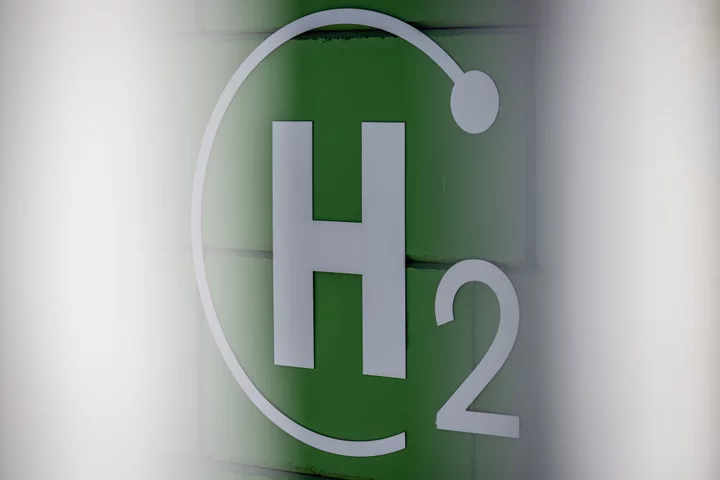
Australia Hydrogen Startup Hysata Taps Morgan Stanley for Funding Round
Hysata Pty Ltd., an Australian clean energy technology startup, is working with Morgan Stanley to help raise as
2023-06-15 11:28
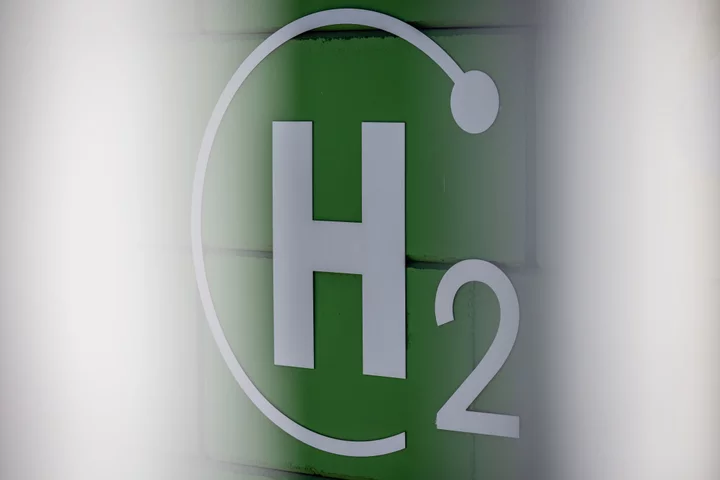
EU’s Push on Hydrogen Infrastructure Alarms Green Groups
The European Union is backing its commitment to spur a nascent hydrogen market in the region by unlocking
2023-10-25 18:49
You Might Like...
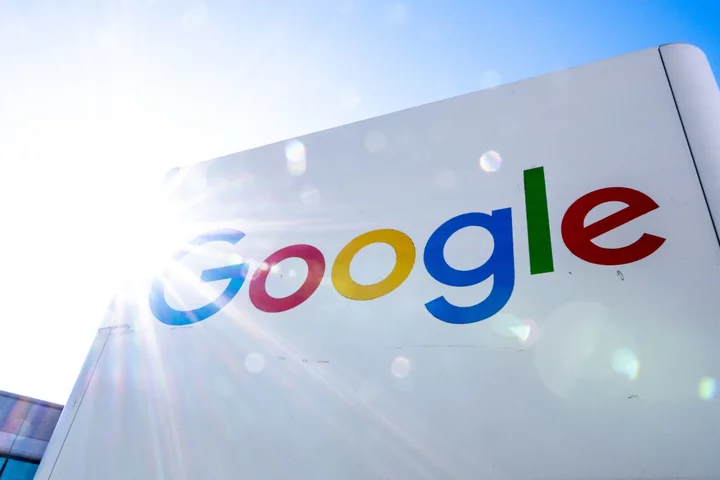
AI Researcher Who Helped Write Landmark Paper Is Leaving Google

Matter Adds Three Cybersecurity Brands That Help Organizations Better Protect Themselves Against Global Threats Through Technology, Training and Awareness

Gaming Handhelds, Folding Purse Phones, and Robot Vacs Galore Represent the Best of IFA 2023

'Nothing has changed our end': CD Projekt Red denies Sony acquisition rumour

Texas-Based Internal Medicine Practice in the Southwestern Health Resources Network Reports Successful Transition to eClinicalWorks V12

NBA 2K24 Countdown: How Many Days Until Release?
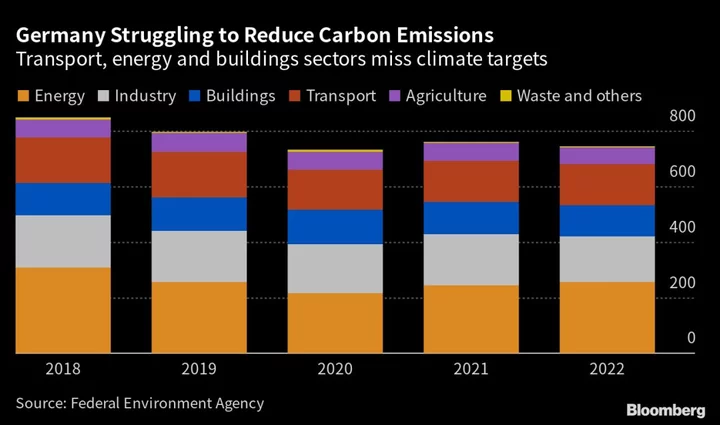
Germany Lines Up €50 Billion to Help Heavy Industry Go Green
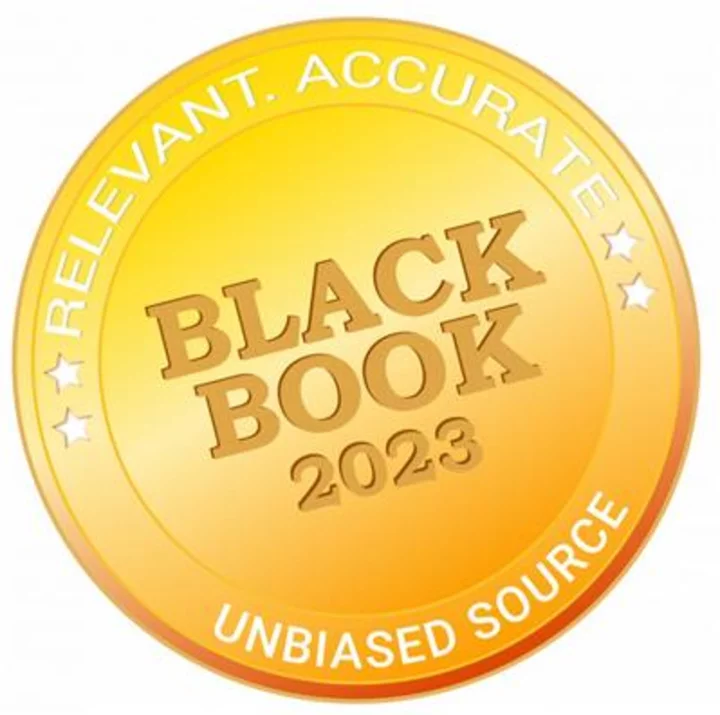
XiFin’s Diagnostic and Ancillary Revenue Cycle Management Solution Ranked #1 for Fifth Consecutive Year
